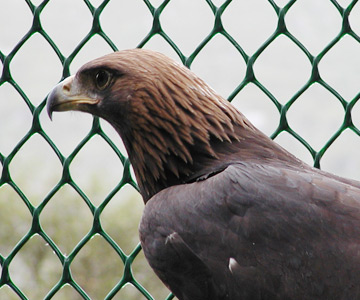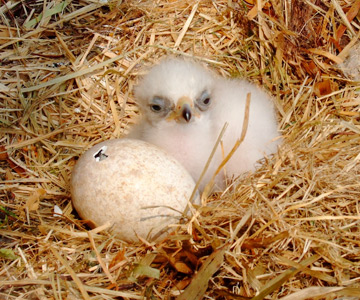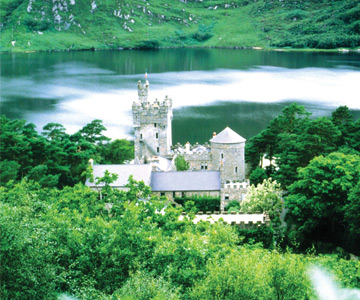Product Categories

Flora and Fauna
Hilltops - The rocky precipices have always remained free of peat and many of the hilltops have been laid bare by peat erosion and weathering. As a result the summits and crags resemble parts of the Arctic and lower Alps, being sparsely vegetated with shrubs, mosses and liverworts. The plants include some ‘arctic-alpines’, which were amongst the first species to colonise Glenveagh after the Ice Age. Examples include alpine club-moss, bearberry, silvery moss and dwarf willow. Arctic-alpines are adapted to a short cool summer. Many lie prostrate or hug the ground to avoid damage and many need several growing seasons before they can flower or bear fruit.
Bogland - Upland blanket bog, which today covers the greater part of Glenveagh, was preceded by forests of Scots pine and birch, giving way to oak, hazel and alder on the lower slopes. Today it is difficult to believe that tree cover extended to the upper slopes, but the evidence of unearthed tree stumps in the bog prove that it did. Remains of the ancient pines can be seen protruding from weathered peat on many hills in the Park.
Woodland - The park contains about 100 hectares of natural and semi natural woodland. The largest stretch is Mullangore Wood on the south eastern shore of Lough Veagh, although several remnants are to be found on the steep slopes of Glenveagh where the terrain is too precipitous for blanket bog growth. The woods are amongst the few native stands of timber left in Co. Donegal.



